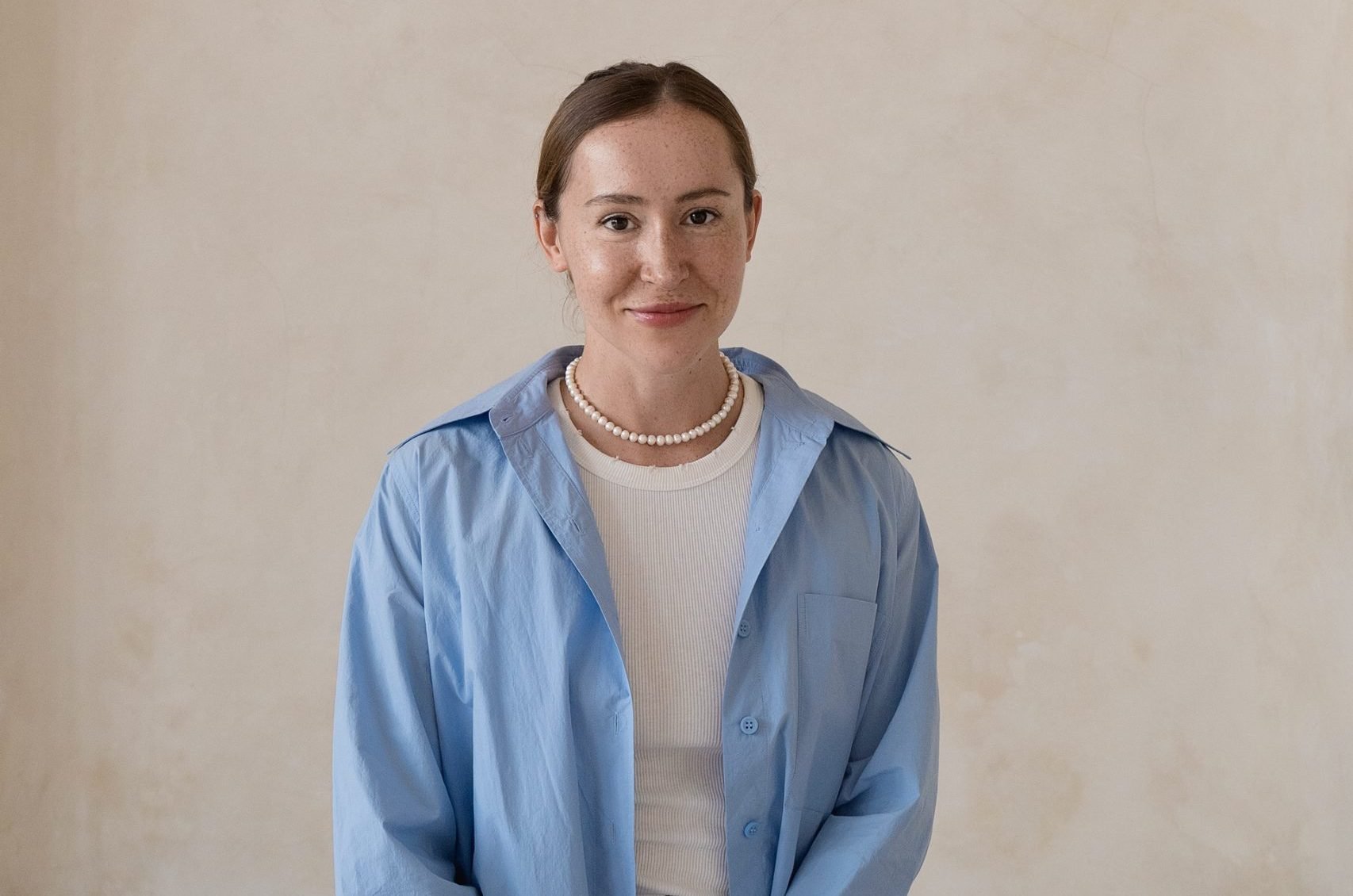
With digital advertising spend currently skyrocketing to a staggering $25.5bn in the MENA region, brands are facing a unique marketing opportunity and challenge in 2025.
As competition intensifies, standing out from the crowd is crucial — here come the costs on personalisation, influencer marketing, wow-campaigns, and ‘brandformance’.
Shift from performance to brand
In 2025, we’ll be witnessing a more holistic approach that prioritises brand building rather than a focus on pure performance marketing.
Brandformance is all about a stronger connection between business and the audience, long-term growth, and sustainability. Performance marketing is effective at driving immediate sales and investing in brand-building initiatives like creating consistent narrative, cultivating emotional connections, experimenting with diverse formats speak volumes when it comes to loyalty and trust.
However, this is not a one-size-fits-all approach. For smaller companies, it may be more relevant to start with performance marketing to generate quick wins and then shift to brand building as they grow.
Nike has recently stumbled with their over emphasis on performance marketing, losing its edge in both product innovation and cultural relevance. By deprioritising brand building, emotional advertising, retail partnerships and collaborations, the sportswear giant has seen a decline in both revenue and brand perception.
Growth of social media marketing
Social media platforms are no longer just places to connect with friends and family; they have become the primary hubs for information consumption and commerce. With features like in-app shopping, diverse content formats, promotions, messaging, social networks are effectively becoming the new internet.
Instagram and TikTok now allow users to buy directly without leaving the app, revolutionising the way consumers find and purchase products. This seamless shopping experience has blurred the lines between social media and e-commerce.
The diverse social media formats cater to a wider range of user preferences and maximises ROI, from short-form videos on TikTok to long-form content full of influencer collaborations on YouTube. However, it’s crucial to tailor content to the specific nuances of each platform, considering factors such as audience demographics and interests, formats, and algorithm preferences.
Consistent marketing
On average, people are exposed to between 6,000 and 10,000 advertisements a day. With such a competition, cutting through the noise is more critical than ever. To make a lasting impression, businesses should maintain a consistent brand message across all platforms.
Marketers suggest that a customer needs multiple exposures to a brand before making a purchase. Thus, instead of bombarding audiences with various messages, a more effective strategy is to develop a single, powerful campaign. Isn’t it the already mentioned brandformance?
Think of the collaboration between Saudi designer Arwa Al-Benawi and sportswear giant Adidas — a prime example of successful consistent marketing. This campaign centered around celebrating local talent and cultural identity, aligning seamlessly with Adidas’ global mission.
The use of digital platforms, influencer marketing, and offline events ensured that the message reached a wide and diverse audience. Everything’s been ticked here: unified brand message, attention to cultural identity, leverage of multiple channels.
AI power in marketing
According to Statista, the market value of AI is expected to hit $190.61bn in 2025. With its innovative potential, AI helps to predict customer behaviour, optimise the costs, attune the workflow to make the processes more efficient, whilst unlocking creative possibilities to enhance customer experiences. It will enable marketers to offer more personalised strategies, tailor product recommendations and customer experiences. From voice-activated chatbots to assistants generating content, AI is poised to revolutionise how brands connect with their audiences.
AI-powered audience segmentation and targeting are enabling businesses to deliver highly tailored messages, succeeding in personalisation as never before. Sephora Middle East, for instance, is harnessing AI to analyse customer data and optimise ad delivery, resulting in a 67 per cent increase in beauty product sales in the UAE.
The key is to always remember about authenticity and consistent approach in the means of human touch in marketing interactions.
Authenticity
Authenticity goes hand in hand with the previously mentioned points of brandormance and AI. It’s more than traditional USPs and functional benefits. Instead, brands are focusing on their unique character, their values, and their ability to forge deeper connections with consumers.
One of the most compelling examples of authentic marketing is the rise of UGC’s. Consumers are 2.4x more likely to perceive UGC as authentic compared to brand-created content. Because it’s created by real customers, reflecting their opinions, UGC is perceived as more trustworthy and relatable.
By encouraging clients to share their experiences, brands can foster a sense of community, build trust, and differentiate themselves.
The marketing landscape is evolving. It’s no longer solely about driving sales – brands are now storytellers. Businesses are embracing their personalities, engaging with people, and fostering authentic connections.









